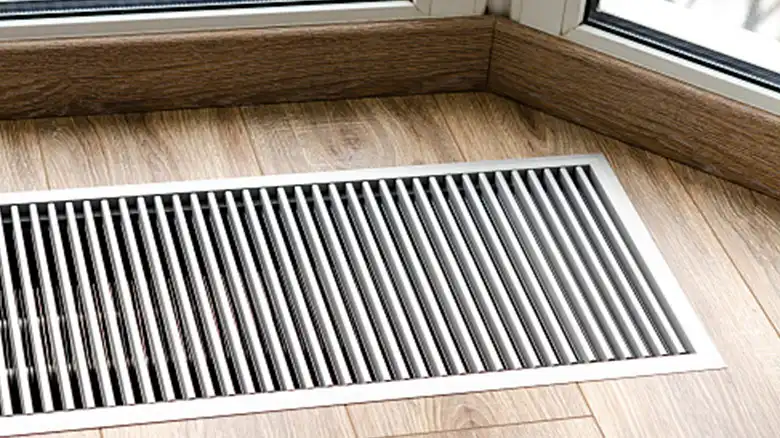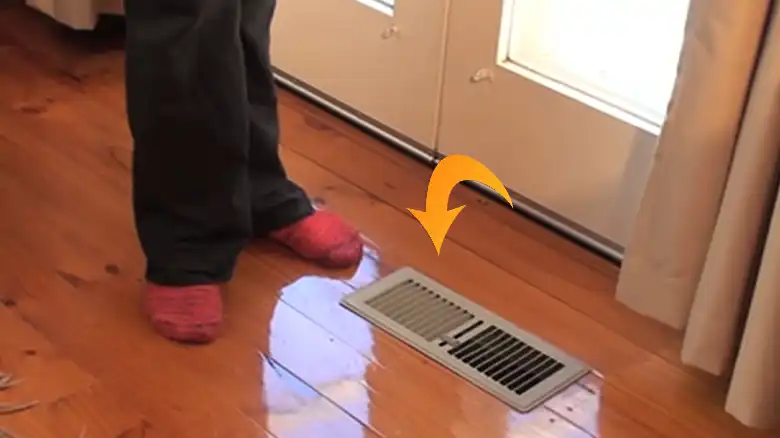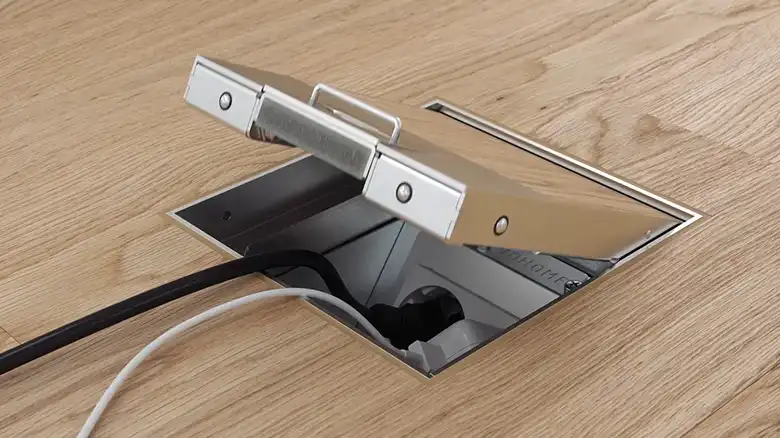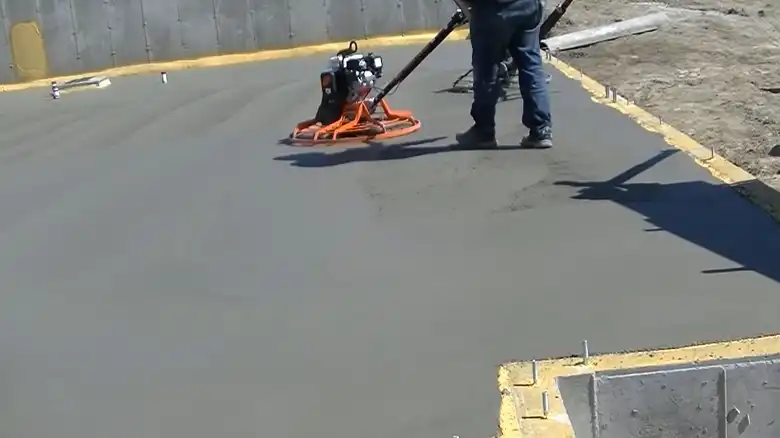I’ve always been on a quest to make my home as comfortable as possible. Whether it’s keeping the living room cool during the scorching summer months or ensuring that the bedroom is toasty warm in the winter, controlling the airflow from my floor vents has become a crucial part of my quest for comfort.
In this article, I’ll share why you might need to redirect air from floor vents and provide you with various methods to accomplish this task.
If you are looking for a short answer though, you can do it by installing either deflectors or vent extenders.
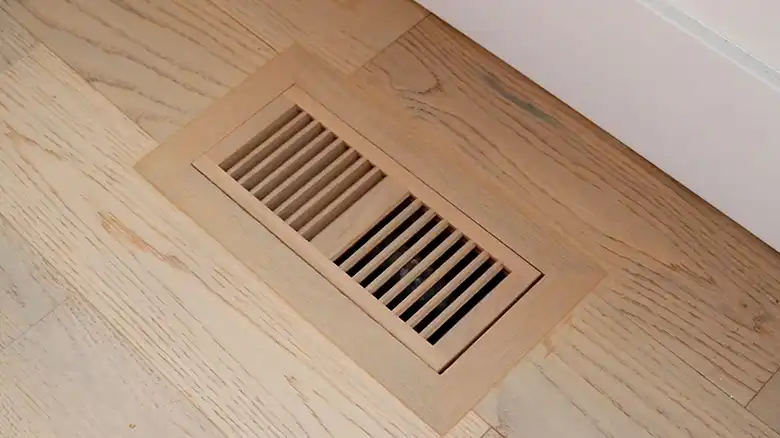
Why You Need to Redirect Air
There are several reasons why you might want to redirect the airflow from your floor vents:
Uneven Temperature Distribution: One of the most common problems is uneven temperature distribution in your home. Some rooms might be too hot, while others remain too cold, causing discomfort and energy waste.
Furniture Placement: Sometimes, furniture arrangement can block or hinder airflow from floor vents. Redirecting air can help ensure that every corner of your room is comfortable.
Energy Efficiency: By redirecting air away from unused areas, you can increase the efficiency of your heating or cooling system, reducing energy consumption and utility bills.
How to Redirect Air From Floor Vent
1. Vent Covers and Deflectors: Vent covers and deflectors are quick and easy solutions. Here’s how to use them:
- Measure the size of your vent opening.
- Purchase magnetic vent covers or deflectors that match your measurements.
- Place the magnetic vent cover over the vent or attach the deflector, directing the airflow where you want it.
Pro Tip: For maximum efficiency, adjust the deflectors to distribute air evenly in the room.
2. Vent Extenders: Vent extenders can be useful for reaching specific areas. Here’s how to install them:
- Measure the distance from your vent to the area you want to reach.
- Purchase a vent extender that matches the length you need.
- Place the extender over or beneath the vent, ensuring a secure fit.
Pro Tip: Trim extenders to the desired length for a custom fit.
3. Vent Filters: Vent filters can double as air purifiers and airflow reducers:
- Choose high-quality vent filters with the desired level of filtration.
- Place the filter over the vent to both redirect airflow and filter the incoming air.
Pro Tip: Regularly replace vent filters to maintain airflow and air quality.
4. Vent Dampers: Vent dampers offer manual control of airflow. Here’s how to use them:
- Locate the vent damper within your ductwork.
- Adjust the damper to regulate the airflow. Partially closing the damper reduces airflow from that vent.
Pro Tip: Use vent dampers with caution to avoid negatively impacting your HVAC system’s overall performance.
5. DIY Solutions: If you’re feeling creative, you can craft your vent deflectors:
- Cut a piece of cardboard or foam board to match your vent size.
- Shape the material to redirect airflow as desired.
- Secure the DIY deflector over the vent.
Pro Tip: Experiment with different angles and shapes to find the most effective configuration.
Sum Up
Redirecting air from floor vents can significantly improve your home’s comfort and energy efficiency. With the variety of methods available, you can customize your approach to suit your specific needs. Whether you choose ready-made solutions like vent covers and deflectors or decide to get crafty with DIY alternatives, a little creativity can go a long way in making your living space more comfortable year-round. So, go ahead and take control of your home’s climate, just as I did, and make every room a cozy oasis.

